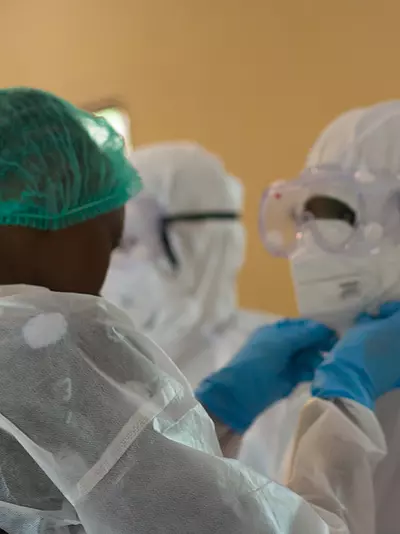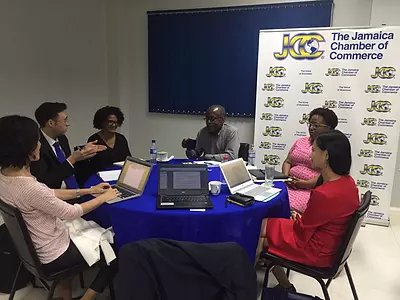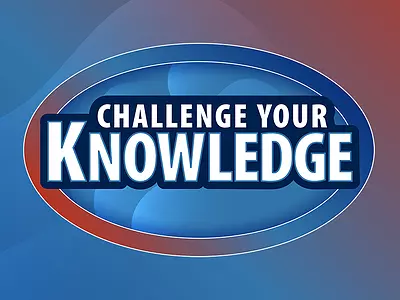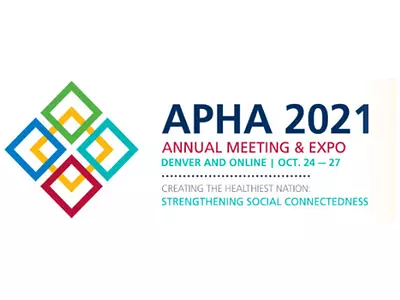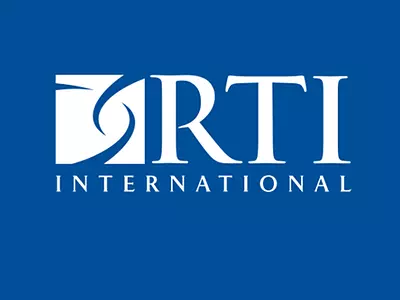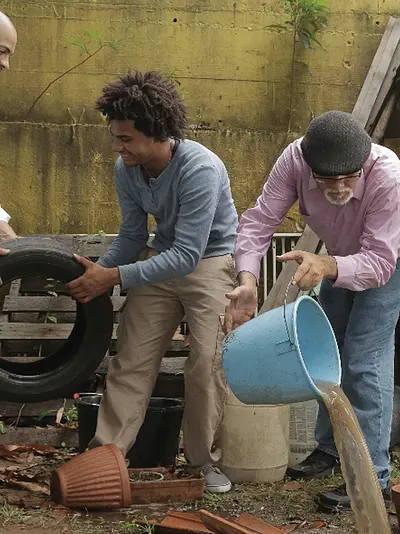Data-driven research to reduce the burden that tobacco use places on society
More than 50 years after federal and state governments began regulating it, tobacco use remains the most frequent cause of preventable disease and death among adults in the United States. Tobacco use leads to more than 480,000 deaths every year and over 16 million Americans live with at least one disease resulting from smoking. In 2018, tobacco use cost the U.S. more than $600 billion, including $240 billion in health care spending to treat smoking-related disease.
The impact of tobacco use is not shared equally. Certain populations—including adolescents, American Indians/Alaska Natives, LGBTQ+ individuals, people with behavioral health issues, and low-income communities—have higher rates of tobacco use due to the tobacco industry’s targeted marketing and promotions. Due to geographic or financial constraints, these populations are also less likely to have access to treatment.
To stymie the impact of tobacco use, government agencies, non-governmental organizations, and research entities must work together to develop a multidisciplinary approach that focuses on:
- preventing people—especially youth—from beginning tobacco use
- helping people quit using tobacco products
- eliminating the impacts of secondhand smoke
- understanding the health impacts of emerging tobacco products, including e-cigarettes and other vapor products
Tobacco control policies and programs—such as cigarette excise taxes, smoke-free policies, and quit lines—and public education campaigns are proven methods for decreasing tobacco use.
RTI has decades of experience researching, developing, and evaluating tobacco prevention and control programs and public education campaigns. Our integrated team has a wide range of expertise—in areas including public health, economics, health communications, and psychology—and an understanding of the need to employ evidence-based strategies to address tobacco use.
Measuring the Scope of Nationwide Tobacco Use
Since 1988, we have partnered with the Substance Abuse and Mental Health Administration (SAMHSA) to conduct the National Survey on Drug Use and Health (NSDUH), an annual survey effort that gathers data on the extent and consequences of mental health issues and substance use in the United States. The study includes questions on past year and lifetime use of a variety of tobacco products, including cigarettes, cigars, pipe tobacco, smokeless tobacco, and e-cigarettes. Learn More.
Gathering Data to Measure and Evaluate Youth Tobacco Use
Each day, approximately 1,600 U.S. youths under the age of 18 pick up their first cigarette and nearly 200 become regular smokers, according to the Centers for Disease Control and Prevention (CDC). To curb youth tobacco use, RTI has partnered with CDC and the U.S. Food and Drug Administration (FDA) to understand the scope of use and measure the effectiveness of an adolescent-targeted public education campaign.
National Youth Tobacco Surveys
CDC’s National Youth Tobacco Surveys is an annual school-based survey administered to students in grades six through 12. It aims to understand beliefs, attitudes, and behaviors related to tobacco use. Data from the project will be used to identify trends in youth tobacco use, which will influence future tobacco policies, regulations, and prevention programs.
The Real Cost Campaign Evaluation
In 2014, FDA launched The Real Cost, a national tobacco public education campaign, with the goal of curbing smoking initiation among U.S. adolescents. The campaign, which included broadcast, digital, social media, point-of-sale, and out-of-home advertisements, focused on the health impacts and toxicity of tobacco products.
Since the campaign launch, RTI experts have partnered with FDA to evaluate the relationship between exposure to The Real Cost advertisements and tobacco use behaviors. In a longitudinal study of more than 5,000 youths between 2013 and 2016, our researchers found that the public education campaign prevented an estimated 587,000 adolescents nationwide from smoking initiation.
Researching and Quantifying the Impact of Tobacco Control Policies
RTI has partnered with various state and local governments, including in New York City and New York state, Florida, and North Dakota, over the last decade to conduct the Retail Advertising Tobacco Surveys (RATS). For these studies, RTI researchers perform in-store observational surveys of retailers that are licensed to sell tobacco products, collecting data on product availability, prices, advertising, and promotions. RATS studies aim to understand how tobacco control policies impact the retail landscape for tobacco products.
In an analysis of New York RATS data from 2004 to 2015, RTI experts found a 23% decrease in the number of retailers licensed to sell tobacco products. Researchers also observed a 17% drop in the prevalence of cigarette advertisements at licensed retailers. Learn More.
Focus Areas
Related Projects
Studying Investment in Tobacco Control in Low- and Middle-Income Countries
Read More about Studying Investment in Tobacco Control in Low- and Middle-Income Countries

